Tobacco giant Philip Morris International (PMI), explains why it is important that dentists educate themselves on the benefits of tobacco harm reduction for smoking patients.
According to the German subsidiary of Philip Morris International (PMI), given their regular interactions with patients, dental professionals are in a unique position to provide information on safer nicotine alternatives to smoking patients.
However, according to a survey conducted by the market research Institute Psyma, on behalf of PMI’s German subsidiary, Philip Morris GmbH (PMG), the majority of German dentists lack information on the topic and therefore feel inadequate to relay any information about it.
Dr. Charilaos Avrabos, manager of scientific and medical affairs at PMG, said that a 2018 survey had revealed that 71% of doctors and dentists, had been asked about alternative tobacco products such as e-cigarettes and tobacco heating devices, by their patients. However, more than half (58%) said that they did not feel well informed on the subject, and 69% said that they were not even aware of the concept of tobacco harm reduction (THR).
These percentages are shocking, said Avrabos, given the fact that the concept of minimizing harm by using safer alternatives in the place of much more harmful substances, was one developed by the international medical and scientific community.
He added that thankfully some private practices do follow this concept. One such dental practice is the clinic of Dr. Ingo Schröder in the city of Cologne in Western Germany, who has been practising cosmetic dentistry for more than 30 years.
Patients switching to safer alternatives notice differences
He said that as a result of smoking, he deals with gingival tissue changes and the onset of periodontal disease a regular basis. “Owing to our regular interaction and check-ups with patients, we recognise and observe these changes at an early stage, and we are in a position to talk with our patients about this.”
“We can recommend products with lower levels of harmful substances to patients, and that’s what I do,” added Schröder. “Because we have many patients who have transitioned to tobacco heating devices, we are able to observe a difference: the gingival tissue situation improves, tooth discolouration is decreased, and the patients themselves can see the difference. They see for themselves the difference that quitting smoking would make, but for those who are unable to give it up, we inform them about alternatives.”
Patients switching to safer alternatives notice differences
He said that as a result of smoking, he deals with gingival tissue changes and the onset of periodontal disease a regular basis. “Owing to our regular interaction and check-ups with patients, we recognise and observe these changes at an early stage, and we are in a position to talk with our patients about this.”
“We can recommend products with lower levels of harmful substances to patients, and that’s what I do,” added Schröder. “Because we have many patients who have transitioned to tobacco heating devices, we are able to observe a difference: the gingival tissue situation improves, tooth discolouration is decreased, and the patients themselves can see the difference. They see for themselves the difference that quitting smoking would make, but for those who are unable to give it up, we inform them about alternatives.”
Philippine dental expert suggests vapes for smokers as a way to minimize the risk of oral cancer
Similarly, earlier this year a Philippine dental expert urged smokers to switch to vaping products or other e-cigarettes such as heated tobacco products (HTPs) as a “harm reduction measure,” as they minimize the risk of oral cancer.
“We warn our patients who are smokers that smoking is the leading cause of oral cancer and strongly advise them to quit smoking. For those who cannot or do not want to quit smoking by themselves or with currently approved methods, we convince them to switch to non-combustible alternatives,” said Fernando Fernandez, president of the Philippine College of Oral and Maxillofacial Surgeons (PCOMS) during the Scientific Conversations on Tobacco Harm Reduction, held in Taguig City earlier this year.
Fernandez, who is the former president of the Philippine Dental Association, said that encouraging patients to switch to the safer alternatives is a better strategy “than watching our patients who smoke die of oral cancer.” He went on to cite studies by Public Health England and the UK Parliament Science and Technology in the UK indicating that vaping “opportunity to significantly accelerate already declining smoking rates.”
Smokers who switched to vaping experienced improved oral health
In line with all the above recommendations, a 2017 study looking at the oral condition of real-world vapers who had just switched from smoking, indicated that the shift to the safer alternatives greatly improved their oral health.
Carried out at the Unit of Periodontology and Oral Hygiene of Calabrodental Clinic in Crotone Italy, and published in NCBI, this clinical observational study had analyzed the oral health of 110 smokers who had just switched to vaping.
At the start of the study, 61% in group 1 and 65% in group 2, experienced gum bleeding, when re-examined at the end of the study, 92% and 98% respectively, experienced no bleeding.
The oral examinations were conducted at the start of the study, then after 60 days and also after 120 days from the initial examination. Additionally these new vapers were divided in two different categories, those who had smoked for less than 10 years (group 1), and those who had smoked for longer than 10 years (group 2).
When examined at the start of the study, 85% of group 1 had a plaque index score of 1 out of 3, with only 15 of them having no plaque at all. For group 2, three-quarters of the participants had a plaque index of 2 and none of them had a 0 plaque score. When examined again at the end of the study, 92% of group 1 and 87%of group 2, boasted plaque scores of 0.
With regards to gum bleeding, at the start of the study, 61% of participants in group 1 and 65% of those in group 2, experienced bleeding when poked with a probe. Subsequently, when re-examined at the end of the study, 92% of those in group 1 and a total of 98% of the participants in group 2, experienced no bleeding when probed.







































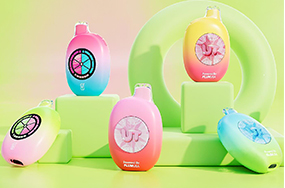






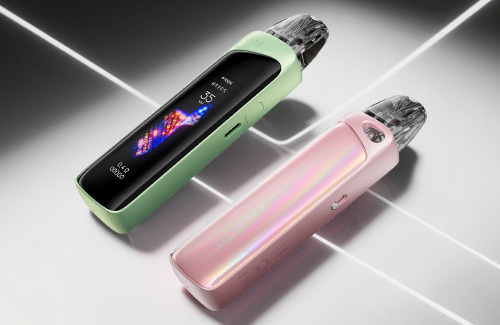















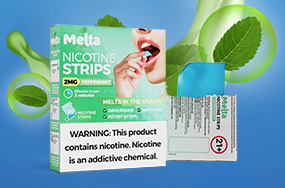


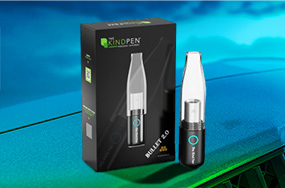

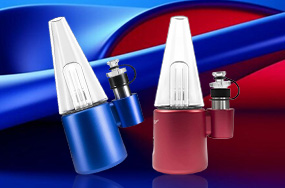






comments